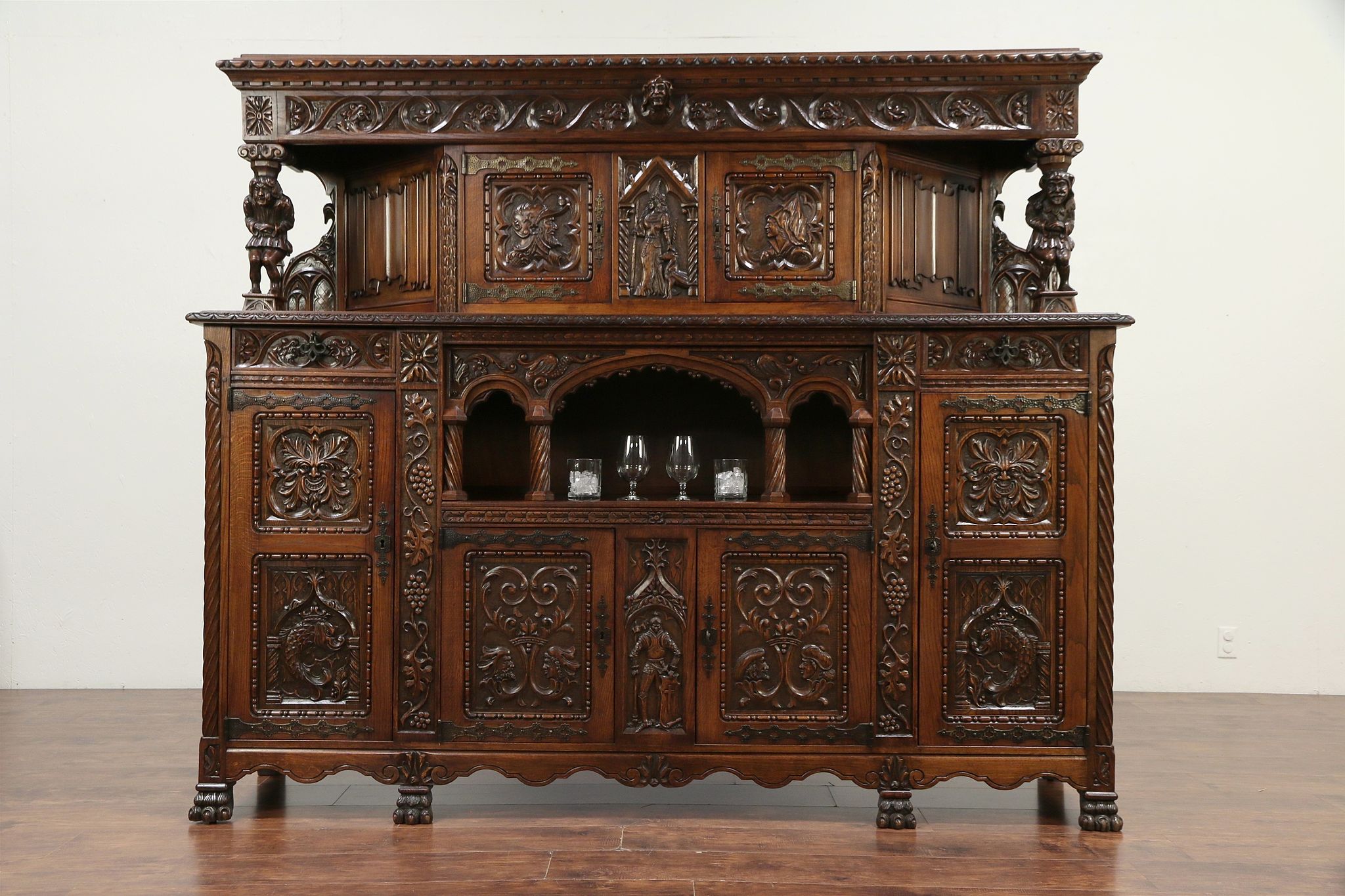Vintage Keeper Wine Cabinet

The allure of a vintage wine cabinet extends far beyond simple storage; for the serious collector, it represents a crucial element in the preservation and presentation of a prized collection. These cabinets are not merely functional; they are statements of refined taste, reflecting a dedication to the art of wine collecting.
The Appeal of Vintage Wine Cabinets for Serious Collectors
High-end vintage wine cabinets offer features surpassing those of modern counterparts. Temperature and humidity control are paramount, often employing sophisticated systems to maintain optimal conditions for long-term wine storage. Many incorporate UV-resistant glass to protect labels and prevent premature aging caused by light exposure. Solid wood construction, often from exotic hardwoods, ensures durability and adds to the aesthetic appeal. Advanced features such as vibration dampening and internal lighting further enhance the preservation and display of the collection. The craftsmanship evident in these pieces elevates them beyond mere storage solutions; they become integral parts of the collector’s environment.
Design Aesthetics of Vintage Wine Cabinets Across Eras
Mid-century modern wine cabinets often feature clean lines, minimalist designs, and the use of materials like teak or walnut. Think sleek, horizontal forms with integrated handles and possibly a subtle use of brass or chrome accents. In contrast, Art Deco cabinets frequently showcase geometric patterns, rich veneers (such as mahogany or rosewood), and inlaid detailing. These cabinets often have a more vertical orientation and may incorporate decorative elements like mirrored panels or stylized metalwork. The differences reflect the broader stylistic shifts of their respective eras. A mid-century modern cabinet might emphasize functionality and understated elegance, while an Art Deco piece prioritizes visual opulence and geometric precision.
Hypothetical Scenario: A Collector and Their Vintage Wine Cabinet, Vintage keeper wine cabinet
Imagine a collector showcasing their collection in a beautifully restored 1950s mid-century modern cabinet. The cabinet, crafted from rich walnut, stands as a centerpiece in their wine cellar. Inside, meticulously arranged bottles reveal a story. A 1982 Château Lafite Rothschild rests beside a 1961 Domaine de la Romanée-Conti, each bottle carefully positioned to highlight its label. The cabinet’s subtle internal lighting casts a warm glow, enhancing the visual appeal of the collection. The collector’s pride in both the wines and the cabinet itself is palpable, each element contributing to a sophisticated and curated display. The cabinet isn’t just storage; it’s a stage for their passion.
Key Features of a “Keeper” Vintage Wine Cabinet
The following table Artikels five key features that define a truly exceptional vintage wine cabinet:
| Feature | Description | Impact on Wine | Aesthetic Consideration |
|---|---|---|---|
| Temperature Control | Precise temperature regulation within a narrow range (ideally 55-58°F). | Prevents spoilage and maintains optimal aging conditions. | Often integrated into the cabinet’s design seamlessly. |
| Humidity Control | Maintenance of optimal humidity levels (around 50-70%). | Prevents cork shrinkage and ensures proper bottle seal. | May involve specialized materials or construction techniques. |
| UV Protection | Use of UV-resistant glass or solid wood doors. | Protects wine from damaging UV rays that can affect taste and color. | Often contributes to the overall aesthetic appeal of the cabinet. |
| Solid Wood Construction | Durable and aesthetically pleasing materials like mahogany, walnut, or oak. | Ensures longevity and stability, protecting wine from vibrations. | Contributes significantly to the cabinet’s overall style and value. |
| Craftsmanship and Design | High-quality joinery, finishes, and attention to detail. | Not directly impacting wine but reflecting the collector’s appreciation for quality. | A key element defining the cabinet’s beauty and value. |
